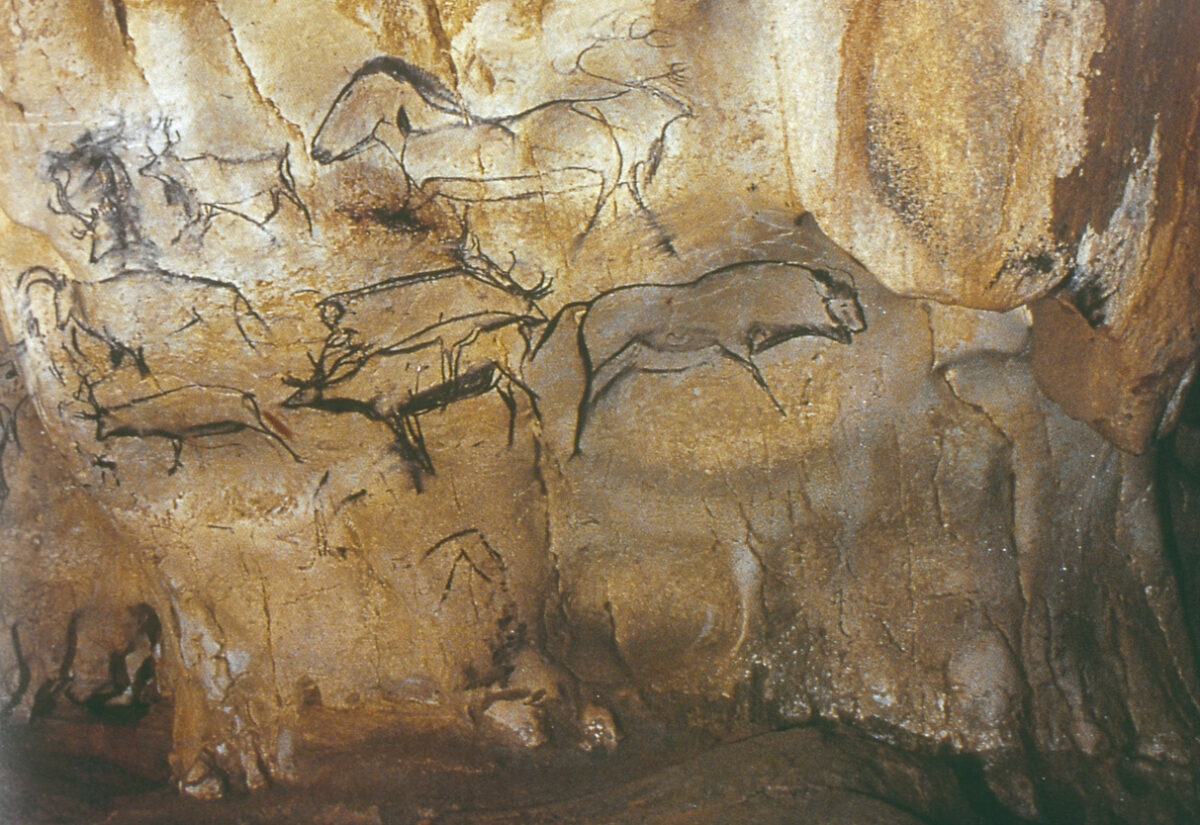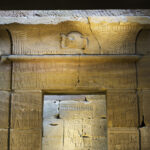12 Archaeological Discoveries That Completely Rewrote History
- Jennifer Still
- May 10, 2025
 Getty Images
Getty ImagesHistory, as we know it, is constantly evolving. Sometimes, a single archaeological discovery—a forgotten city, a cryptic artefact, or a well-preserved skeleton—can challenge everything we thought we knew. Archaeology isn’t just about uncovering objects; it’s about uncovering stories, worldviews, and timelines that reshape how we understand our origins. Some of the most transformative finds have redefined ancient cultures, reshuffled historical timelines, and revealed just how sophisticated our ancestors truly were. These aren’t minor footnotes—they’re revelations that continue to spark debate and wonder. Here are 12 archaeological discoveries that didn’t just add colour to history—they forced us to rewrite it.
1. Göbekli Tepe (Turkey)
Before the discovery of Göbekli Tepe in the 1990s, archaeologists believed that organised religion emerged only after humans began farming and forming settled societies. But this hilltop sanctuary in southeastern Turkey, dated to around 9600 BCE, predates agriculture by thousands of years. The massive T-shaped stone pillars, many adorned with intricate carvings of animals and abstract symbols, were erected by nomadic hunter-gatherers.
The site turned the established timeline on its head. It suggested that communal spiritual spaces may have inspired the development of agriculture and social complexity, not the other way around. In essence, belief may have built the first societies, forcing scholars to rethink the roots of civilisation itself.
2. The Dead Sea Scrolls (Israel/Palestine)
First uncovered by Bedouin shepherds in the 1940s in the Qumran caves near the Dead Sea, these ancient scrolls include fragments of nearly every book in the Hebrew Bible, along with apocryphal writings, community rules, and apocalyptic texts. They date from the 3rd century BCE to the 1st century CE.
The Dead Sea Scrolls offered unprecedented insight into Jewish religious thought during the Second Temple period. They revealed the diversity and depth of Jewish sects, provided crucial context for the development of early Christianity, and allowed scholars to compare biblical texts with earlier versions—some of which differ significantly from the modern canon.
3. The Rosetta Stone (Egypt)
Discovered in 1799 by Napoleon’s troops in the Egyptian town of Rosetta (Rashid), the Rosetta Stone bears a decree written in three scripts: Greek, Demotic, and Egyptian hieroglyphs. It became the key to deciphering the ancient Egyptian language.
By using the known Greek script as a reference, Jean-François Champollion eventually cracked the code of hieroglyphs in the 1820s. This breakthrough didn’t just unlock Egyptian writing—it opened the door to understanding millennia of history, religion, and culture from one of the most iconic ancient civilisations.
4. The Terracotta Army (China)
In 1974, farmers digging a well near Xi’an stumbled upon fragments of clay figures that led to the discovery of an entire army—thousands of life-sized warriors, horses, and chariots—buried to guard the tomb of Qin Shi Huang, China’s first emperor. Each statue is uniquely detailed, from facial features to military rank.
The scale and precision of the Terracotta Army revealed the power, ambition, and technological capabilities of the early Qin Dynasty. It also offered a rare, unfiltered look into ancient Chinese military organisation, funerary practices, and imperial ideology. No written records described the army beforehand—its discovery completely reshaped perceptions of ancient China.
5. Ötzi the Iceman (Austria/Italy)
Discovered in 1991 in the Ötztal Alps by hikers, Ötzi is a naturally mummified man who lived around 3300 BCE. His body, clothing, and tools were incredibly well preserved due to the ice, making him one of the most studied ancient humans ever found.
Ötzi’s remains provided unprecedented detail about life in the Copper Age. Analysis of his bones and belongings revealed his diet, tattoos, and even the presence of arthritis and Lyme disease. Perhaps most shocking was the revelation that he was murdered—an arrowhead found in his shoulder suggested a violent death. Ötzi’s discovery turned prehistory into something tangible, personal, and deeply human.
6. The Library of Ashurbanipal (Iraq)
Unearthed in the ruins of Nineveh in the 19th century, this vast collection of clay tablets—over 30,000—belonged to Ashurbanipal, the last great king of Assyria. Written in cuneiform, the tablets cover everything from literature and medicine to astronomy and rituals.
Among the texts was the Epic of Gilgamesh, considered the world’s earliest surviving work of literature. The discovery challenged Eurocentric views that intellectual culture began with the Greeks and revealed that Mesopotamia had a rich and complex literary tradition long before.
7. Machu Picchu (Peru)
Reintroduced to global attention in 1911 by Hiram Bingham, Machu Picchu is a mountaintop citadel that escaped destruction during the Spanish conquest. Though known to locals, its significance had been forgotten to the outside world.
This Incan marvel revealed the engineering skill of a civilisation that had no written language but mastered stonework, astronomy, and terraced agriculture. Its preservation gave scholars a rare glimpse into Incan cosmology, daily life, and sacred geography, rewriting narratives that had downplayed pre-Columbian sophistication.
8. The Sutton Hoo Burial (England)
In 1939, an excavation in Suffolk uncovered a 27-metre ship burial containing a wealth of Anglo-Saxon artefacts. The discovery included a now-famous helmet, gold belt buckles, weapons, and silverware.
Before Sutton Hoo, the early medieval period in England was dismissed as a culturally stagnant “dark age.” This burial revealed a society rich in craftsmanship, trade, and complex social hierarchies. It redefined the legacy of Anglo-Saxon Britain and challenged long-standing assumptions about the era.
9. The Indus Valley Civilisation (Pakistan/India)
Rediscovered in the early 20th century, the cities of Harappa and Mohenjo-Daro revealed a sprawling civilisation that flourished around 2600 BCE. With grid-based streets, sanitation systems, and standardised building materials, the Indus Valley cities were shockingly modern.
The fact that their writing system remains undeciphered adds an air of mystery, but what’s clear is that this was an advanced, urban society with far-reaching trade networks. Its discovery forced a reclassification of the ancient world’s cradles of civilisation, placing South Asia firmly among them.
10. The Cave Paintings of Chauvet (France)
Found in 1994, the Chauvet Cave houses some of the oldest known cave art, dating back over 30,000 years. The paintings—depicting horses, lions, rhinos, and bears—show a sophisticated understanding of shading, perspective, and movement.
These works radically altered ideas about Palaeolithic art. They proved early humans possessed not only technical skill but symbolic thinking and creative intention far earlier than previously thought. It pushed the history of art back by thousands of years and confirmed that even early humans had complex inner lives.
11. The Antikythera Mechanism (Greece)
Recovered from a Roman shipwreck in 1901 off the coast of Antikythera, this bronze device stunned researchers. Initially thought to be a random gear system, X-rays and analysis revealed it to be a sophisticated astronomical calculator—capable of predicting eclipses and tracking planetary movements.
Dating to around 100 BCE, the Antikythera Mechanism proved that Hellenistic scientists had developed technology far beyond what was previously believed. Its existence implies that ancient knowledge of mechanics and astronomy was far more advanced—and that much of it may have been lost.
12. Lascaux Cave Paintings (France)
Stumbled upon in 1940 by a group of teenagers, the Lascaux caves in the Dordogne region of France revealed over 600 wall paintings dating back roughly 17,000 years. These artworks—depicting bulls, deer, and horses—show not just skill, but an artistic sensibility that rivals modern efforts.
The sophistication and variety of techniques used—dotting, shading, perspective—challenged the assumption that early humans were intellectually primitive. It showed that symbolic and artistic thought had deep roots, and that ritual, imagination, and expression were part of human culture far earlier than once assumed.



